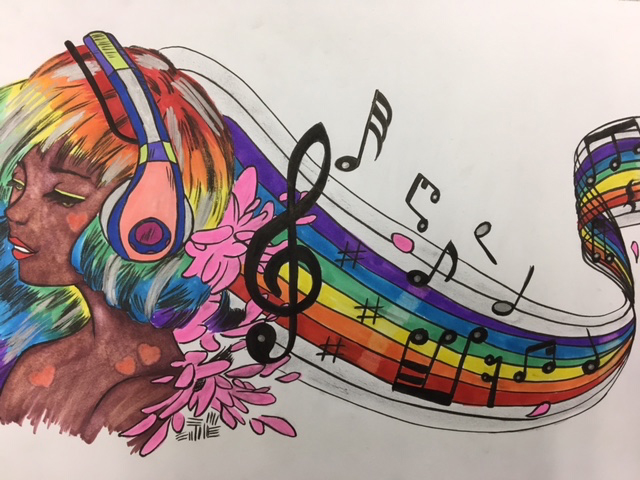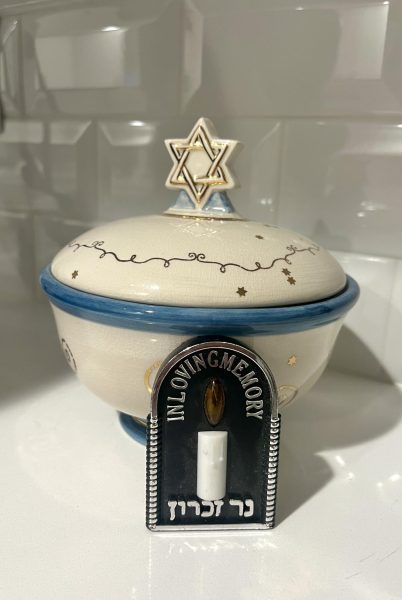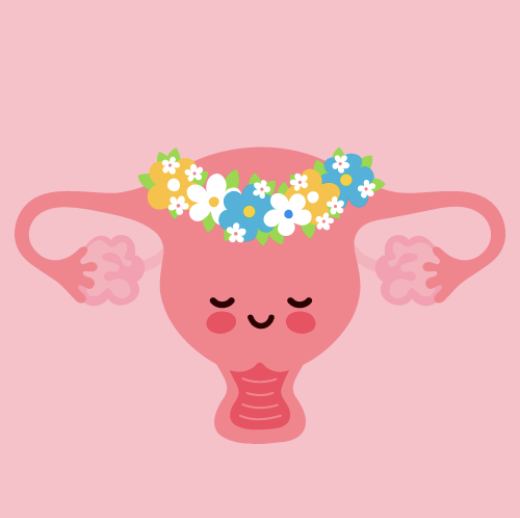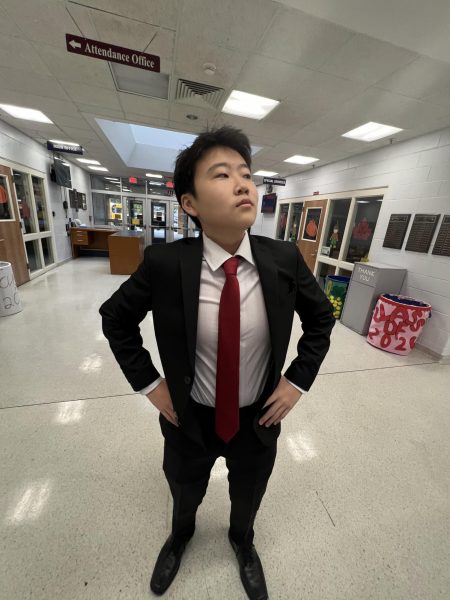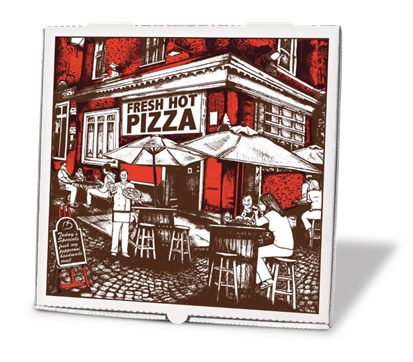Creative therapy provides new view into psychiatry
The world of psychology has always been a deeply layered and complex field. Psychiatrists and therapists have developed hundreds of methods over the years to treat mentally ill patients, which have been proven to work differently for each person.
While medicine and traditional kinds of therapy can certainly positively impact a person’s mental health, creative therapy is a relatively new technique for healing, but art and music therapy have been proven to have numerous positive effects.
While art therapy began its evolution in the early 1900s, Dr. Margaret Naumburg is considered the founder of this kind of treatment. In 1947, she partnered with Dr. Nolan C. Lewis to conduct a study to determine whether or not the art expression of children was a symbolic form of speech.
The research spurred many other mental health experts to continue exploring this and, in 1968, Hahnemann Medical College in Philadelphia created the first Art Therapy educational curriculum of a Master of Arts program, one which Shari Palitz, who worked as an art therapist at Community Behavioral Health in Philadelphia, graduated from several decades later.
“Art therapy provides the opportunity for non verbal expression and communication,” Palitz said. She explained that there are two approaches to the field: art as therapy and art psychotherapy.
Art as therapy “implies that the creative process can be a means both of reconciling emotional conflict and or fostering self awareness and personal growth” while in art psychotherapy, art is used to help the individual “find a more compatible relationship between his inner and outer worlds.”
In art therapy, it is important to consider several aspects when deciding which mediums to use on a patient. For example, a patient with ADHD or anxiety would likely not use paint or wet clay while doing art therapy, as it would not provide structure for them. Colored pencils would be a better fit for them, while less structured mediums are helpful with expressing emotions or are used for relaxation. as stated by Carolyn Mehlomakulu, an art therapist and psychotherapist.
Myra F. Levick’s book titled They Could Not Talk & So They Drew describes how art therapy can help children with various challenges and traumas communicate through art rather than words. While the book specifically discussed people under the age of ten years old, art therapy can benefit anyone, especially if the patient is not very open to talking. According to Palitz, art therapy can “get to feelings we did not know we had” and is a healthy way of acting out feelings or impulses. In an article on Psychology Today, it even states that art therapy is used to decrease stress and relieve pain for cancer patients.
Music therapy works in similar ways, as it can be used to help children with developmental delays, adults struggling with PTSD, victims of abuse, individuals diagnosed with autism spectrum disorder, delivering mothers, among many others. According to music therapist Ely-Ann Knight, music therapy can be utilized with only one instrument, with the guitar used most often, to even having a small orchestra group. Moving to, listening to, or even creating music has been shown to help patients improve.
“I personally believe that music therapy can accomplish more than talk therapy,” Knight said, “but at the same time, I understand that there are certain individuals who might show more progress with traditional ‘talk’ therapy.”
Additionally, art and music therapy, although used professionally, can be somewhat applied in the life of a high schooler as well. Many relate to having been stressed out and then using doodling or listening to a song to calm down. Art and music stimulate parts of the brain to improve heart rate, reduce anxiety, and relieve tension. According to the Huffington Post, “45 minutes of creative activity significantly lessens stress in the body, regardless of artistic experience or talent.”
Creative therapy, as a whole, is a field that requires expertise. To be an art or music therapist, especially if dealing with serious cases, it is necessary to be knowledgeable in many aspects of the field (such as being able to play many instruments) and explore many different mediums to best suit the patient.
The American Music Therapy Association (AMTA), whose mission is to “advance public awareness of the benefits of music therapy and increase access to quality music therapy services”, stated that a degree involves knowledge in psychology, music, and medicine.
While creative therapy is a unique way of mental healing, it has been proven to be extremely effective in many different kinds of people. As art and music become more accepted by the public and more important to bettering mental health, a shift in the world of psychology can be seen and will likely be prominent in the future.

